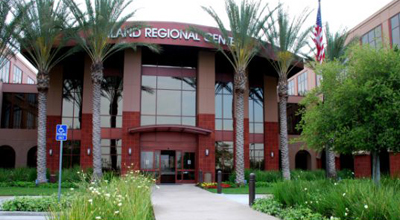 Many folks watched on cable news as the massacre in San Bernardino unfolded this week. The first responders told us what they found and how, even with extensive “active shooter” training, they were not prepared for the carnage they found when they entered the conference facility. They were already in sensory overload, and not knowing whether the shooters were still in the facility, made their job even more uncertain. This was a true tragedy.
Many folks watched on cable news as the massacre in San Bernardino unfolded this week. The first responders told us what they found and how, even with extensive “active shooter” training, they were not prepared for the carnage they found when they entered the conference facility. They were already in sensory overload, and not knowing whether the shooters were still in the facility, made their job even more uncertain. This was a true tragedy.
The “new normal?” as one pundit tagged it. Maybe, but there was a subtler shift that many of us have predicted would happen in the near future. Something that will fast become a reality in the design and construction business, especially in areas where there are “soft targets,” like unsecured conference centers and multi-tenant office buildings.
We are entering an era of the marriage of the “internet of things” and what we call the “security of places.” Today, most multi-tenant high-rise office buildings in the major cities of the US have little or no security. Sure, they have a security guard sitting behind a desk who becomes little more than a guide in most cases. That is about to change. The design of new speculative office buildings will now shift to include the “internet of things” and the “security of places” as routine. We are about to see sensors embedded in the lobby walls and floors around elevator cores, as well as at entry doors, that will scan for chemicals and explosives.
We already have security cameras, but in most cases there is little or no security of the public space in those multi-tenant buildings. That will change. Expect to see more use of biometrics for entry into those buildings. Many will argue that this is an unnecessary expense for Class A speculative buildings, but the users will move building security to the top of the list after rental rate and “opex” costs.
This is a “heads up” for designers and contractors to get ready to ramp up the security in the buildings that they build. This is a “heads up” for owners and developers who are building Leed certified buildings that their budgets for security will increase as tenants and users of their space will demand it.
Maybe the developers of “spec office buildings” should take a lesson from the industrial complexes because the need for security in any new multi-tenant office building has just been moved to a higher level in your construction budgets.


